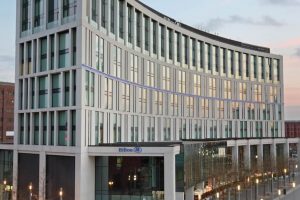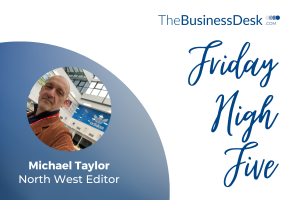Labour lukewarm on HS2 and promising rates cut

THE Labour Party looks to be on a collision course with business for its confused messages surrounding the future of the £50bn HS2 high speed rail line.
Shadow Chancellor Ed Balls told his party’s conference that any future Labour government would not issue the project with a blank cheque.
He said the party still questioned whether the £50bn investment was the most effective way to tackle chronic under-capacity on the national rail network.
The party had previously supported the project but has latterly attracted criticism from former Ministers Alistair Darling and Lord Mandelson.
The high speed line will link Birmingham with London and cut journey times between the first and second cities to 47 minutes. A Y-shaped spur north of Birmingham will send separate lines to Manchester and Leeds and similarly reduce the journey times between the major cities. A new report by KPMG has suggested the scheme is worth £15bn a year to the UK economy, meaning it will pay for itself within four years of being operational even if the project cost rises to £60bn.
Speaking in response to the Shadow Chancellor’s comments, Katja Hall, CBI Chief Policy Director, said: “We’ve always said that the government must redouble its efforts to sell the benefits of HS2 while keeping a tight lid on costs. But let’s not forget why this project matters. HS2 will connect eight of our 10 biggest cities, boost regeneration projects across the country for years to come, and will avert a looming capacity crunch on the West Coast mainline.”
* Labour leader Ed Miliband will today promise to reverse a planned business rates rise if the party wins the next election.
The cut would be paid for by axing the coalition’s plan to reduce corporation tax from 21% to 20% by 2015.
Labour said the move would help about 1.5 million small businesses in England. Business rates are due to rise in April 2015.
Many business groups have been campaigning for the rates revaluation to take place in 2015, rather than 2017, which would peg rates to current prices rather than those in 2008 at the top of the market.








